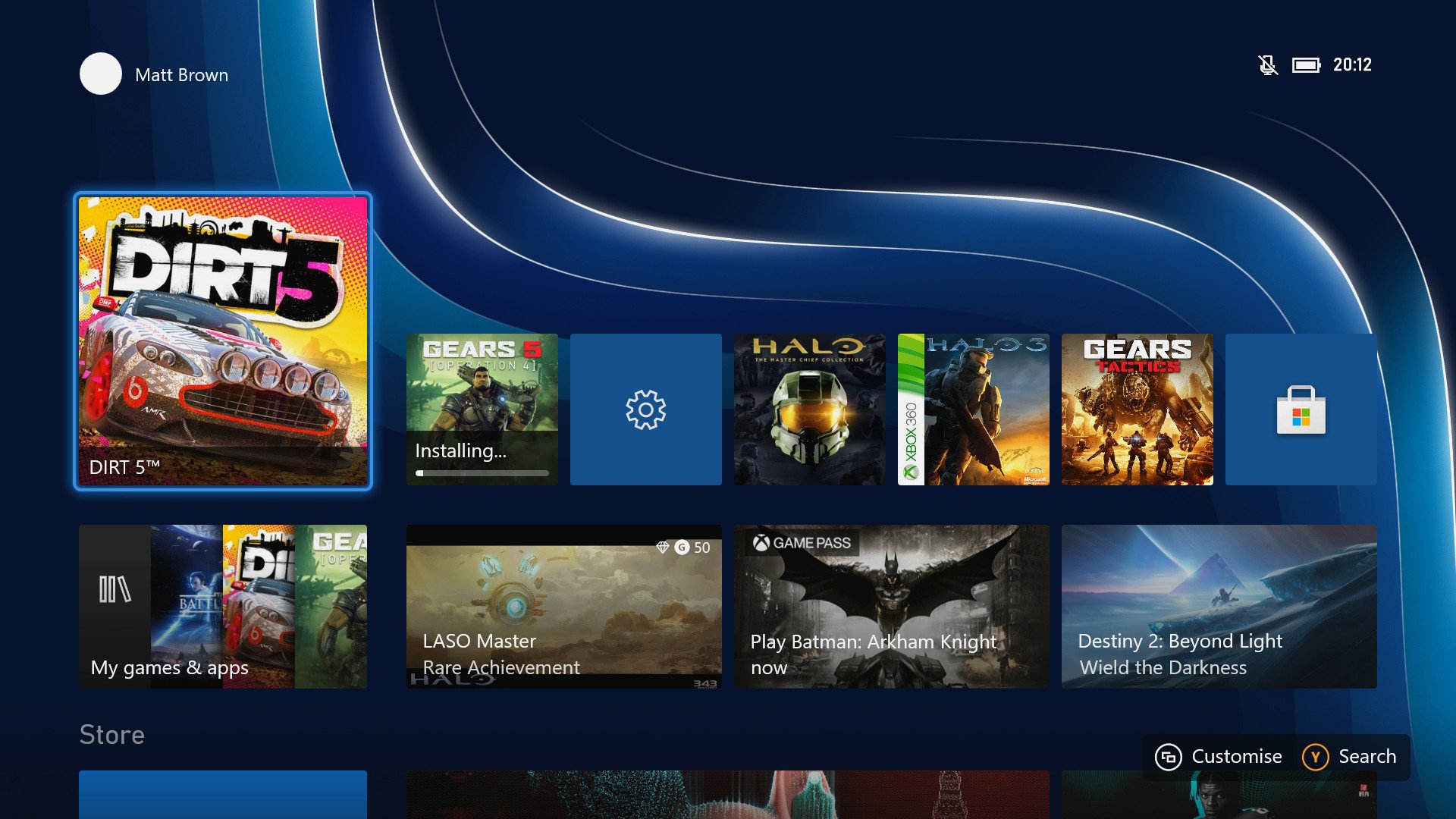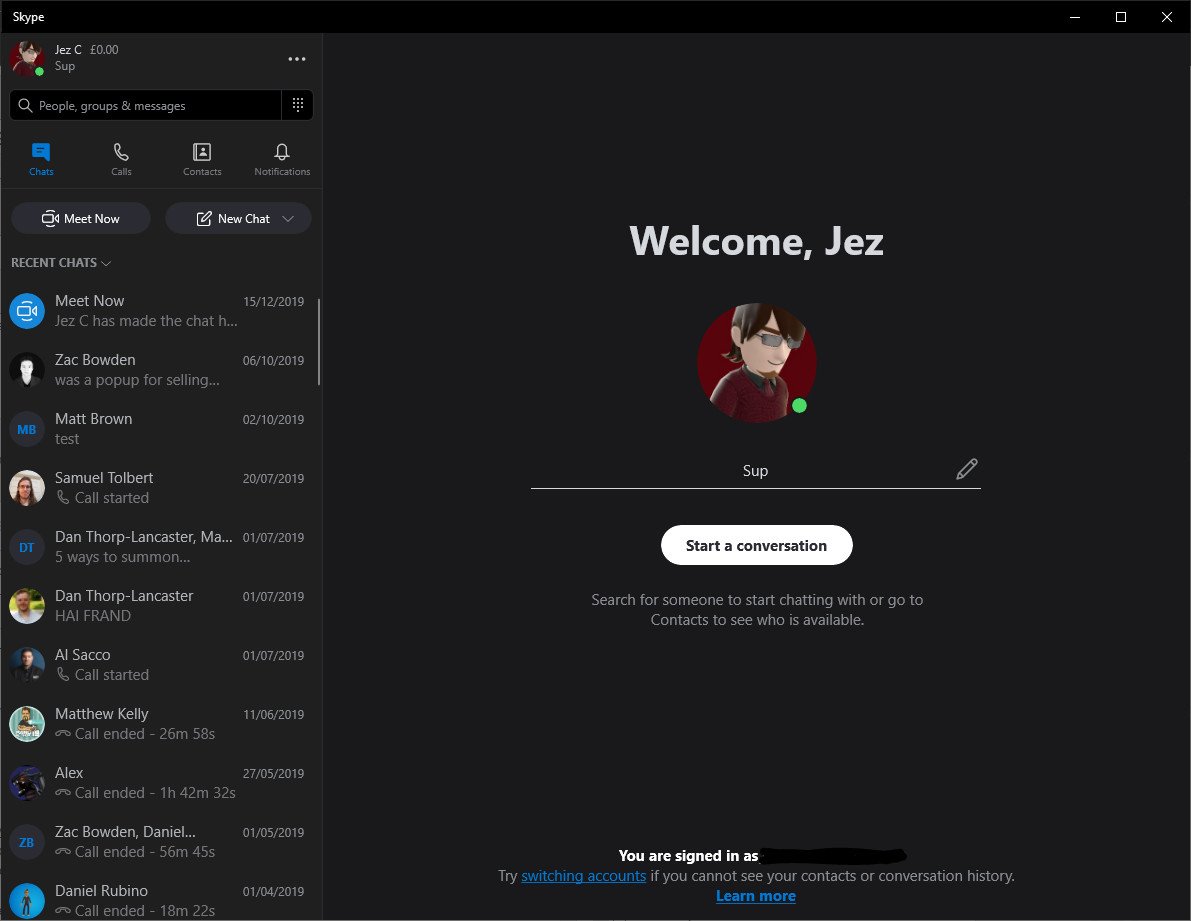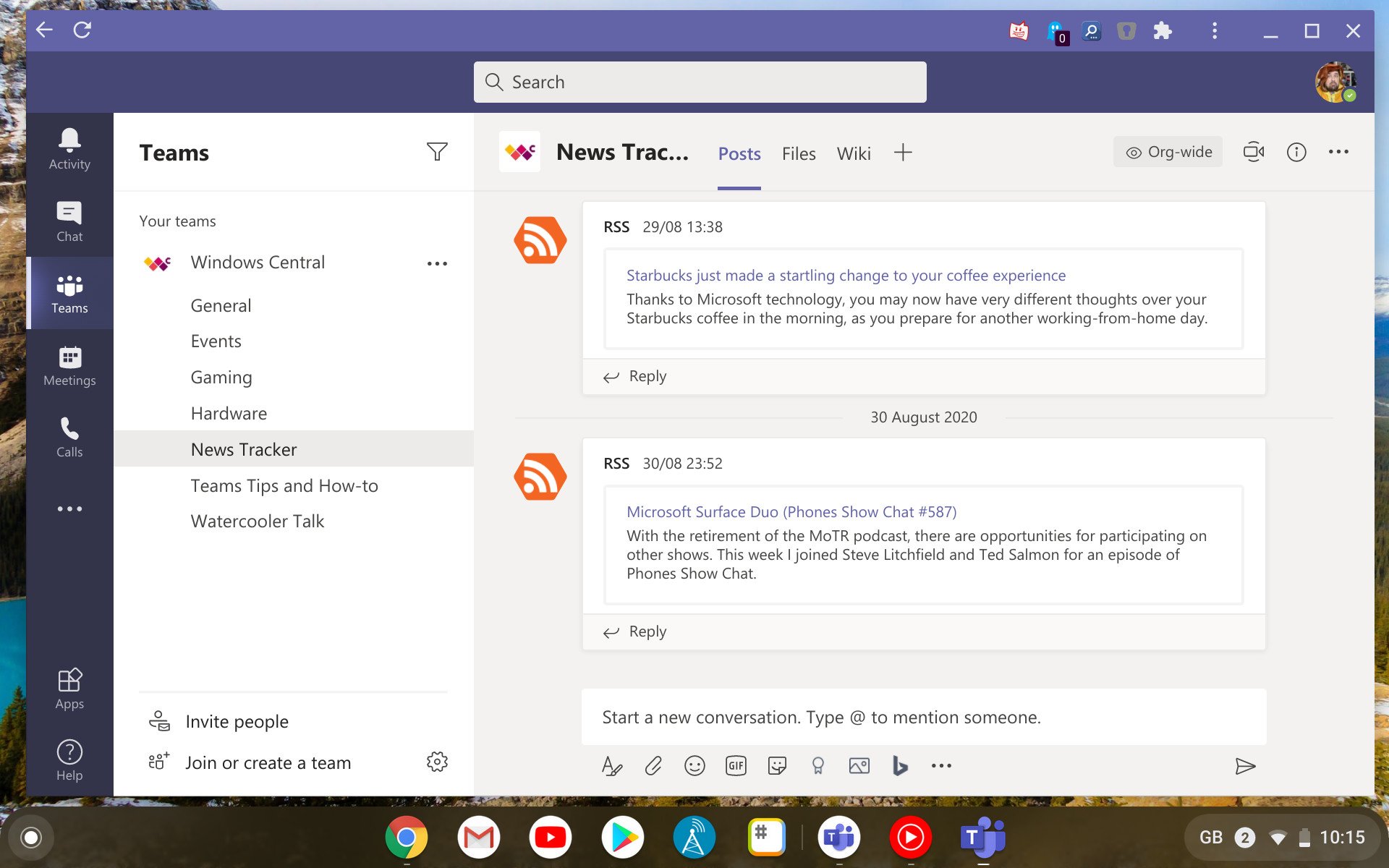From MSN Messenger to Teams: Look back at Microsoft's messaging failures and successes
The highs and lows in Microsoft's messaging endeavors.

From the early days of MSN Messenger to Microsoft Teams, Redmond has attracted millions with its messaging services over the decades. That's come with a rollercoaster of highs and lows, acquisitions, and closures, with some services continuing to grow while others pass their prime. Here's a timeline of Microsoft's messaging milestones over the years and how they influence its broader productivity pledge.
MSN Messenger / Windows Live Messenger (1999)

MSN Messenger came at the advent of instant messaging, a simpler time in the earliest years of the internet, where modern social networks were merely concepts. It was one of the first platforms that clubbed together hundreds of millions of users, and for those who grew up in the era, it was a defining step that connected online communities through the turn of the century.
Microsoft debuted MSN Messenger in the late 90s, defined by text-based chat, and later supported by a growing suite of video calls, voice clips, emojis, games, and other services. It was a social hub in a new generation of computing and the first exposure to the modern internet for many. While the same applies to rivals at the time, AIM, ICQ, and Yahoo! Messenger, MSN remains a landmark service in early 2000s culture, toying with the ideas present in popular services today.
Feature-rich alternatives, coupled with the rise of a new generation of social networks, would see MSN (then known as Windows Live Messenger) shuttered over one decade later. But it was still a fundamental era in Microsoft's consumer business, connecting people across the world.
Xbox Live (2002)

While Xbox Live doesn't fit adjacent to your usual instant messaging apps, it still plays a crucial role in Microsoft's consumer services, as a continued success today. Microsoft sought to design an online gaming network to elevate its original Xbox console, enabling both remote multiplayer and broader social services intertwined with the Xbox experience.
While Xbox Live's earlier years saw it become a hotspot for Halo 2 trash-talking or downloading new content, it's steadily evolved into a larger network over the past decade. The service now spans the latest Xbox consoles, with a steadily growing presence on PCs and mobiles, and even touching select titles on Nintendo Switch and PlayStation devices. It's the backbone for Microsoft's gaming efforts, whether new video game releases or subscription services like Xbox Game Pass.
When it comes to messaging, Xbox Live is a cross-platform network, coupled with various social sharing features and gaming communities. While improvements can be made, especially if compared to rivals like Discord, it's a fundamental pillar to the new Xbox vision. That's seen it secure over 100 million monthly active users across all platforms, as of January 2021.
All the latest news, reviews, and guides for Windows and Xbox diehards.
Office Communicator / Skype for Business (2007)

Microsoft launched Office Communicator 2007 as its enterprise-focused client for voice and video calls, which evolved into Microsoft Lync in time and settling on Skype for Business. This business-geared chat platform saw several forms over its decade on the market, first hooking messaging into Microsoft's Office suite, and over the years integrated into the Skype family.
Beyond its fundamental messaging and calling capabilities, this service aims to attack the business world. Real-time presence and integration into other Microsoft Office features meant the product was pitched as the one-stop solution for remote businesses. While Skype for Business remains, it's being phased out in favor of its Microsoft Teams platform.
Skype (2011)

Skype brought free and easy calling to the messes, with voice and video, accessible across all kinds of devices. It became a de facto app for VoIP, whether calling other Skype users or making international calls at affordable rates. It joined Microsoft during its peak in 2010, and while less prevalent now, it remains one of the company's renowned consumer brands. If you've had any online calls, there's a fair chance one was on Skype.
Skype gained its name with its most fundamental features, with voice and video calling, coupled with robust messaging services. It also served as Microsoft's successor to its own MSN Messenger, seeing hundreds of millions of users in its lifetime.
Today, it's not the same powerhouse, only an alternative to Zoom, which dominates through this new era of remote work and communications. It generally failed to innovate around a shifting landscape, with mindshare also on the decline. Skype remains popular, with usage up throughout the pandemic, but still a fraction of its heyday.
GroupMe (2011)

GroupMe first launched back in 2010, but one year later found itself under the Skype family, and by extension, under Microsoft's watch. This mobile messenger has flown under the radar for many in recent years, geared to group and direct messaging, with a relatively clutter-free interface. And while it's seen few updates as of late, GroupMe is still one of the company's top messaging services.
During its early days, GroupMe was poised to be a viable alternative to apps like Telegram and WhatsApp, but its seen little love from Microsoft. It still has its userbase, including college students, especially in the U.S., who utilize its group features for classroom collaboration.
Microsoft Teams (2017)

Microsoft Teams has emerged as the latest service changing up remote working. It's a virtual workspace that hosts all things communication, from open workspaces, chats with colleagues to online meetings. It's pitched as the central hub for the modern teams, with deep integration with Microsoft services.
Teams takes a fresh approach compared to past solutions, with better considerations around how people and companies operate remotely. It's not just exclusive to the business world through developments made to cater to education and consumer audiences, as Microsoft Teams sees record growth.
The full Microsoft 365 suite positions Teams as a critical tool to replace Skype for Business and push other business tools into the background. New features arrive regularly to expand the platform, with daily users in the hundreds of millions. It continues to reinvent the workplace alongside rivals like Slack, which proves increasingly crucial in the current world.
Messaging apps are everywhere. Get more out of yours with these thoughts, tips, and guides.
- Telegram on PC
- Microsoft's Skype snafu
- Instagram's bigger than you think
- Microsoft's messaging failures and successes
- Do Slack and Teams count as "messaging"?
- RCS vs. SMS vs. iMessage
- Google's messaging failures
- How to switch your family to a new service
- Guilded is the Discord alternative you didn't know you needed
- Telegram vs. Signal vs. WhatsApp

Matt Brown was formerly a Windows Central's Senior Editor, Xbox & PC, at Future. Following over seven years of professional consumer technology and gaming coverage, he’s focused on the world of Microsoft's gaming efforts. You can follow him on Twitter @mattjbrown.
